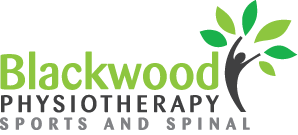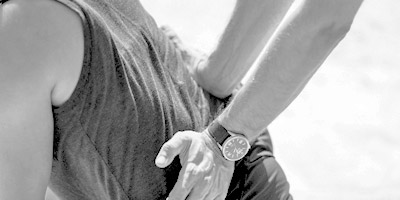Back pain is a challenging experience for those living with it and can result from a number of different things. Seemingly minor actions can cause serious agony. The spine, muscles and ligaments are the building blocks of your back comprising both cartilage discs and bone, that allows the body to accomplish a wide variety of tasks, such as walking, bending and twisting. Injury to any of these structures can result in a painful back.
Common causes include:
- Poor posture such as slouched sitting or sway back standing
- Lying on an unsupportive mattress
- Obesity
- Bend and twist while lifting
- Improper warm-up before exercise
- Sedentary lifestyle – deconditioned state
- Deformities of bone or disc
- Degenerative diseases, such as osteoarthritis and spondylosis
- Weak deep abdominal muscles
Common symptoms include:
- Discomfort when moving, especially when standing and walking
- Positional pain when standing upright or as you bend forward
- A dull, achy, throbbing sensation in the lower back
- Soreness when touched or physically manipulated
- Muscle spasms of varying degrees (can be anywhere from mild to severe)
- Sharp spike in pain when trying to activate the affected muscle group
- Stiffness and soreness may be worse in the morning and eases somewhat with light movement during the day
- Soreness often radiates to the buttock and down the leg ie. sciatica
- Irritation that appears to improve when active, particularly when walking or running
- Stretching the affected buttock may feel good temporarily, but often leg pain worsens several hours after stretching exercises
- Muscle tightness and tenderness on both sides of the lower back
- The changes of osteoarthritis can irritate adjacent nerves, resulting in neuropathic pain ie. nerve pain. Neuropathic pain can refer into the buttock, leg and foot and can be throbbing, burning, achy and seem to come and go in waves of different levels of severity
Treatment
- Manual therapy is used to encourage a stuck or frozen joint to get moving again. This process centres around helping your body move in the ways it was meant to. This process is especially beneficial for improving range of motion
- Dry Needling can be used to release muscular tension (Trigger points or knots in the muscles)
- Strength-Building Exercises aimed at improving core strength are proven to help alleviate chronic pain. Physiotherapists, after assessing your flexibility, range of motion, and causes of symptom flare ups, will create an exercise program designed to strengthen core muscle groups, improve stability, and promote good posture
Self Help
- Rest (short term only), Postural advice
- Massage
- Pain Medication
- Hot Pack
- Movement – pain relieving exercises
- Core strengthening exercises
- General fitness and flexibility exercises

